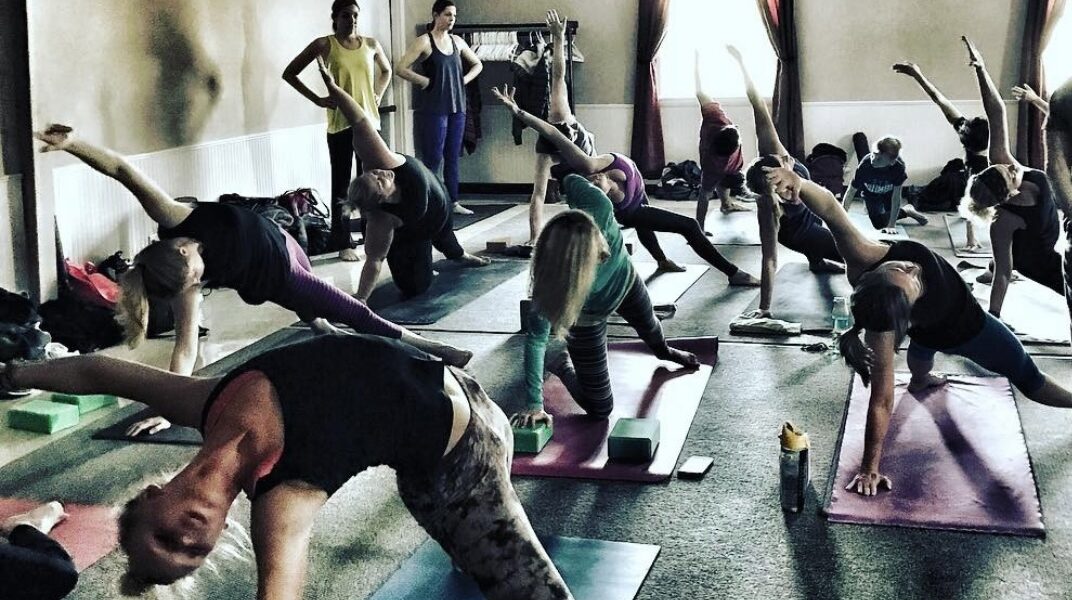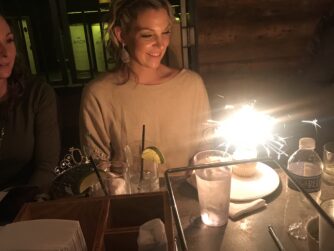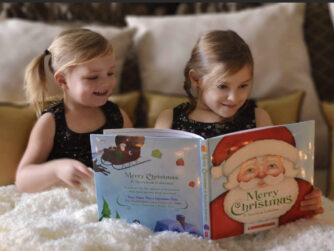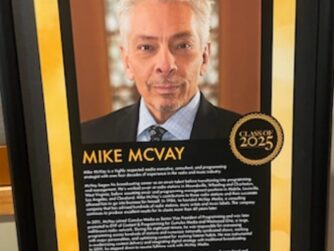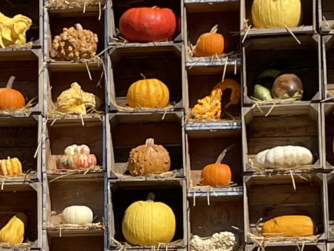I Teach Yoga with Music, Intention, and Heart; Here’s Why It Matters
I’ve always created playlists for my yoga classes.
Not because it was trendy, not because I thought I had to, but because it felt like a sacred extension of my teaching.
I work in radio. I live, breathe, eat, sweat music. It’s in my DNA.
I grew up loving all different genres, from classic rock to indie pop, soulful R&B to ambient soundscapes. Music has always been how I move through the world, how I process emotion, how I connect.
So when I teach, music naturally becomes part of the experience I offer. Not just in yoga, and fitness, barre, Pilates or when I used to teach cycling.
Every song I choose is intentional. Every beat, lyric, and frequency is there for a reason, to support the breath, the emotion, the journey of the practice. Sometimes it’s a soft hum of piano during breathwork. Other times, it’s a mantra, a moody Florence track, or a familiar song that makes a mom who rushed in from carpool drop off finally exhale.
So when I recently saw a video on Instagram claiming that playing music in yoga is “selfish,” I felt my whole body tighten.
The speaker argued that music in class imprints an energetic influence onto students. That it’s not in line with the true philosophy of yoga, which calls for neutrality and space so students can have an “organic” experience. And for a second, I spiraled.
Have I been doing it wrong all these years? Have I been prioritizing aesthetics over authenticity? Have I been using music as a mask instead of a meaningful tool?
But the truth came rushing in just as quickly. No. I’ve never used music to impress. I’ve always used it to support.
Yoga Is Not One-Size-Fits-All
I teach suburban moms, working women, stressed-out teens and adults, and people who are hungry for something they might want to go a little deeper than just “fitness.” A lot come for the yoga booty but keep coming back for something deeper. My classes are designed to meet people where they are, not where a book says they should be.
Some of these women haven’t taken a deep breath all day. Some are grieving. Some are healing from trauma or burnout. Some are rediscovering their bodies after babies or breakups or burnout.
Music can be a lifeline. A rhythm to come back to. A softness that makes the edges of their stress melt just enough to stay.
If that’s selfish, I don’t want to be selfless.
Music Is Not a Distraction; It’s a Companion
I don’t blast heavy metal in Savasana. I don’t create chaos in a space that’s meant to heal. I read the room. I feel into the energy. And I design my playlists like I design my sequences, with care, with flow, and with respect. Music is vibrational medicine. It works with the breath, the chakras, the nervous system. To say that it disrupts an organic experience assumes that every student arrives in silence and that’s not true.
Most of them arrive with noise already in their heads, their to-do lists, stress, comparison. Music doesn’t add to that noise I think it gently clears it.
We Can Honor Tradition Without Losing Ourselves
Yes, classical yoga was silent. It was often one-on-one. It was deeply spiritual, inward, and unadorned. But we live in a very different world now. Yoga is practiced in studios, gyms, living rooms, and parks. It’s become a bridge between the ancient and the modern. Between East and West. Between spiritual and secular.
I don’t believe we need to abandon tradition but I also don’t believe we need to be rigid in how we honor it. The essence of yoga is union. Breath. Presence. Truth. And the truth is, some of us express that union through sound, through melody, through intention, through rhythm and release.
To the Teachers Who Love Creating Playlists
If you’ve ever felt that twinge of shame for adding music to your classes let it go. You’re not doing it wrong, you’re not being performative, you’re not imprinting your ego onto your students. You’re holding space in a way that feels aligned with your voice. You’re allowing the body, breath, and sound to meet and that’s powerful.
The beauty of yoga is that it evolves. It’s not a museum piece. It’s a living, breathing, flexible practice, just like us.
Not every class needs music. And not every teacher will feel called to use it. But for those of us who do, it’s not about being trendy. It’s not about losing the roots. It’s about creating a resonant experience. It’s about weaving breath and sound into one. It’s about meeting modern students in their world and gently guiding them into their own.
So no, I’m not going to stop playing music in my classes. I know the difference between noise and healing and I trust my students to feel that, too.

